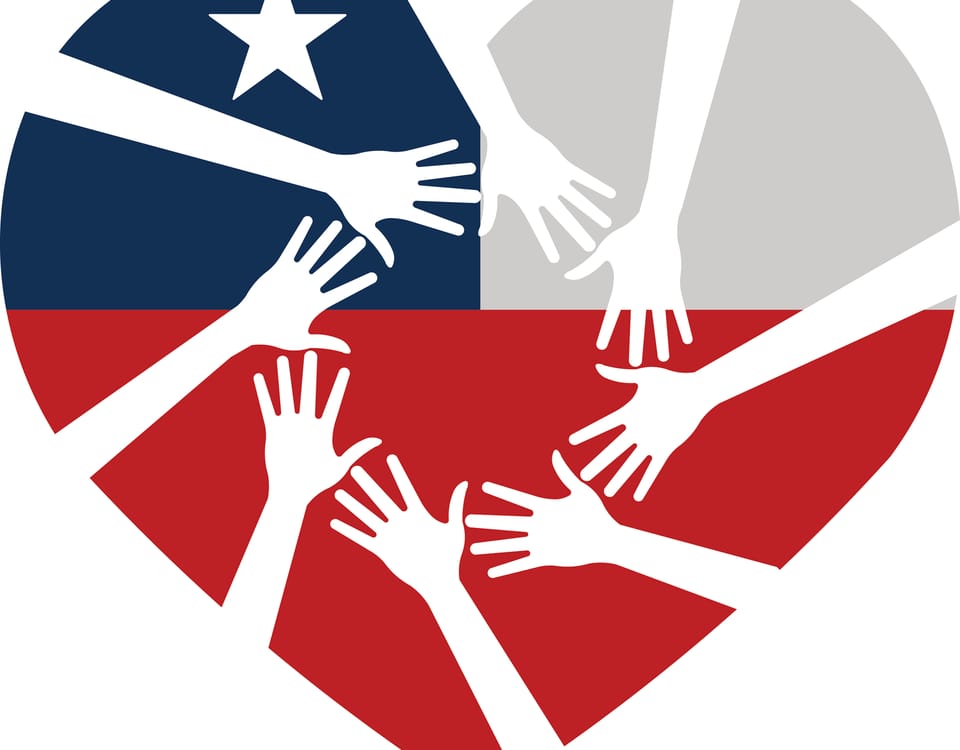
Natural disasters have the power to reshape lives, communities, and even the course of history. It is among the most devastating hurricanes in American history. The 1900 Galveston Hurricane stands out as a tragic event that forever altered the landscape and consciousness of Galveston, Texas. This blog aims to explore the profound impact of the hurricane, shedding light on the lessons learned and the resilience of the human spirit in the face of overwhelming adversity.
Historical Context:
The dawn of the 20th century marked a time of progress and growth for Galveston. The city, once a bustling hub of commerce, was a thriving seaport and an affluent vacation destination. However, the looming threat of hurricanes was an ever-present reality. On September 8, 1900, a colossal storm surged toward Galveston. The conditions set the stage for one of the deadliest natural disasters in American history.
Unleashing Nature’s Fury:
The hurricane made landfall. Galveston was ill-prepared to face the catastrophic force of the storm. With winds estimated to have reached 145 miles per hour, torrential rain, and a storm surge of 15 feet, the island city was no match for nature’s wrath. The lack of adequate warning systems and the city’s vulnerable geography exacerbated the situation, resulting in immense destruction and loss of life.
A City Ravaged:
The hurricane unleashed a devastating blow to Galveston. The terrible storm obliterated homes, businesses, and infrastructure, leaving behind a scene of utter devastation. Experts estimated that approximately 6,000 to 12,000 lives were lost. This makes it the worst natural disaster in United States history. The storm’s impact reverberated far beyond the immediate destruction, sending shockwaves through the region’s economy and spurring significant social and engineering changes.
The Road to Recovery:
In the aftermath of the disaster, Galveston’s resilience and determination shone through. The city embarked on a remarkable journey of reconstruction and renewal. As a testament to human ingenuity, the Galveston seawall and raised-grade city infrastructure were implemented, fundamentally altering the landscape and providing protection against future storms. This monumental feat of engineering still stands as a reminder of Galveston’s triumph over tragedy.
Lessons Learned:
The 1900 Galveston Hurricane served as a wake-up call for coastal communities across the United States. It prompted advancements in meteorological understanding, leading to the development of better weather forecasting systems and storm tracking. The disaster also sparked a national conversation on disaster preparedness, inspiring the establishment of improved response mechanisms and emergency management protocols.
Legacy and Remembrance:
Today, the 1900 Galveston Hurricane holds a significant place in American history. The Galveston Historic District, comprising numerous restored buildings and museums, stands as a testament to the resilience of the city and its people. The hurricane serves as a constant reminder of the need for disaster preparedness, inspiring ongoing research and innovation in the field of meteorology and coastal engineering.
The 1900 Galveston Hurricane remains etched in the collective memory as a stark reminder of the destructive power of nature. It forever altered the course of Galveston’s history, transforming the city’s infrastructure and sparking advancements in disaster preparedness. As we remember this tragic event, let us not only honor the lives lost but also strive to build resilient communities that are better equipped to face the challenges of an unpredictable world. For all your emergency response needs, reach out to Moffitt Services. Our team stands ready to provide assistance in times of disaster.




